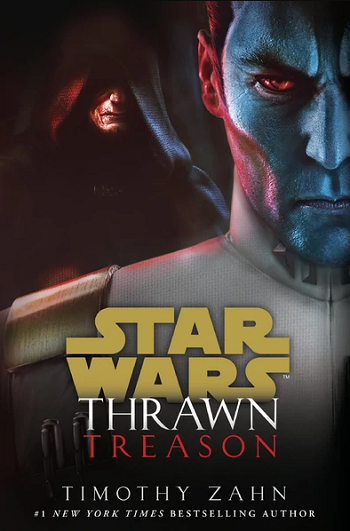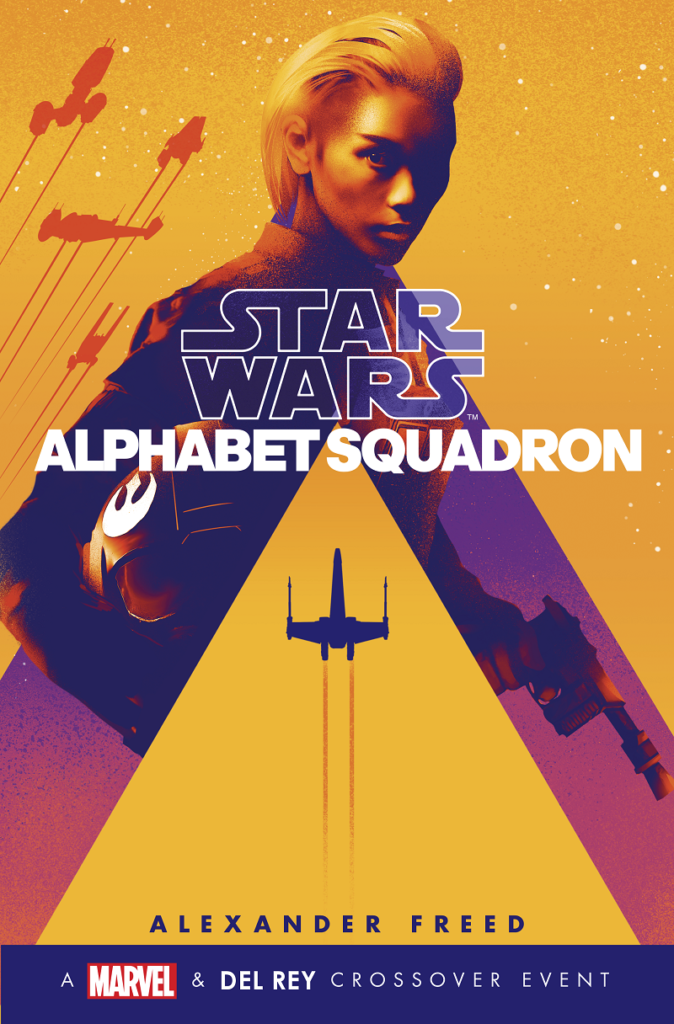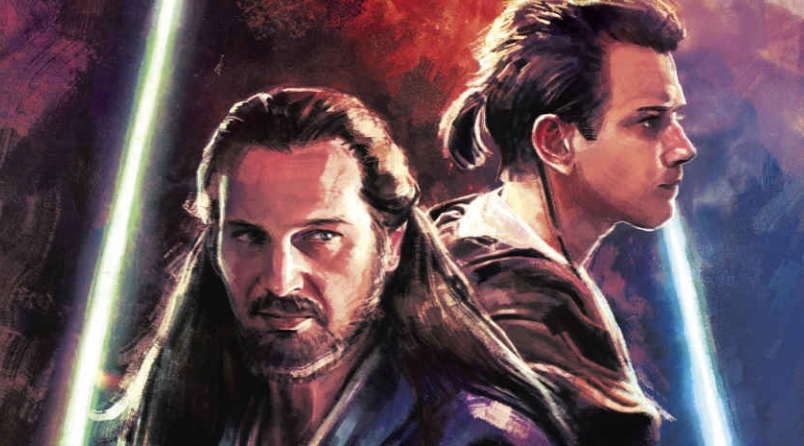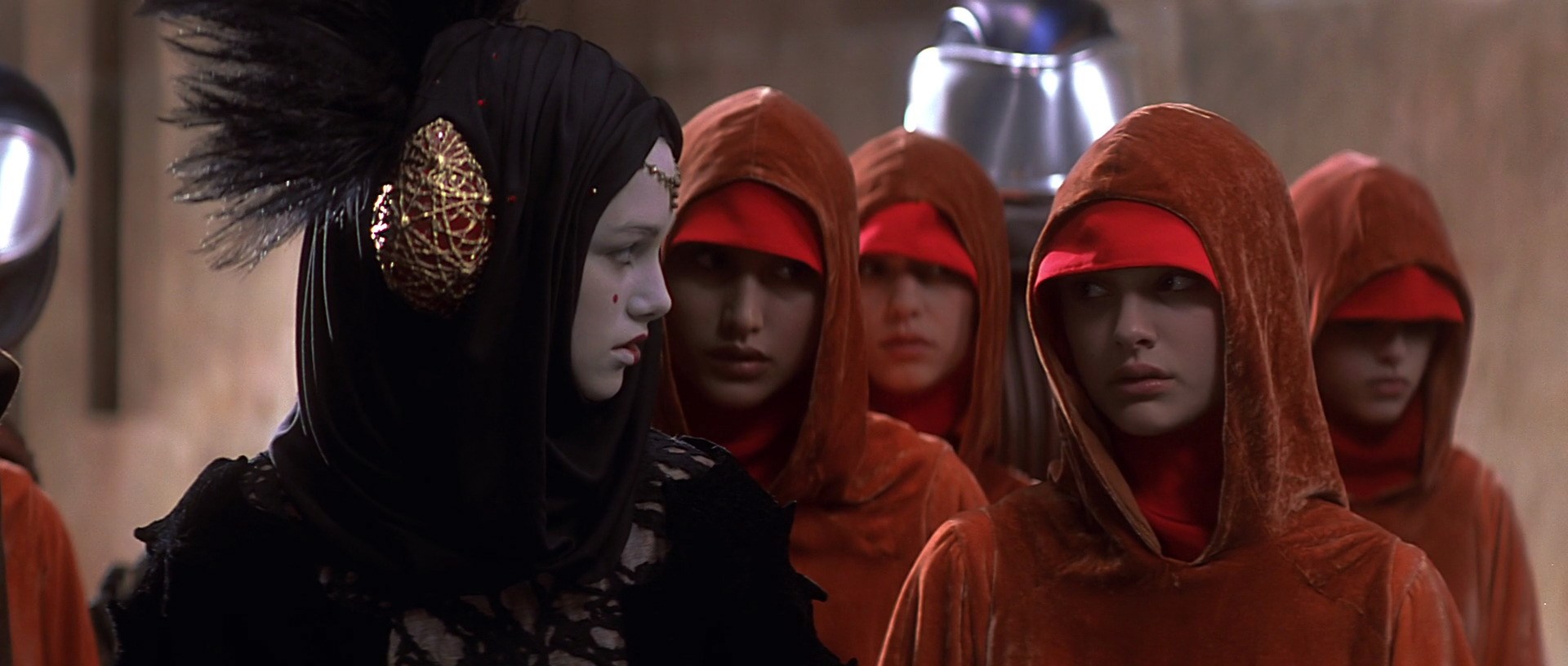
This piece avoids spoilers for Thrawn: Treason but does make vague mention of certain plot threads and new characters.
I fondly remember the day that Thrawn’s canon appearance on Star Wars Rebels was announced at Star Wars Celebration. There had been rumors and speculation that we’d be seeing Thrawn on the show, but nothing solid — and we didn’t even know if it would be the Thrawn we knew, or a new-canon Thrawn-inspired stand-in like Valen Rudor was for Soontir Fel. I asked a friend to text me if there was any official word — and we were pleased and relieved to hear that Grand Admiral Thrawn would be appearing on our TV screens. What none of us even came close to anticipating, though, would be that Thrawn’s TV appearance would be accompanied by a new Thrawn novel by the man himself, Timothy Zahn.
Years later, at the conclusion of a new Thrawn trilogy that isn’t officially a “Thrawn Trilogy”, it seems kind of strange that the Zahn Thrawn novel was the thing that blew our minds, instead of the TV appearance. We should have expected the books — that’s where he came from — and been surprised by his leap to the screen. Regardless, it was an exciting and wonderful time for old-school Expanded Universe fans and it was wonderful seeing Thrawn brought to life for new audiences young and old.
Thrawn’s fate remained unknown at the end of Star Wars Rebels, except that he was “taken off the board.” The three Thrawn novels — ending with the brand-new Thrawn: Treason — filled in the gaps before and during the third and fourth seasons of Rebels, never outpacing the TV show. It seems fair to say that Thrawn’s story is probably done — at least chronologically — until Dave Filoni sees fit to use him again. It’s not impossible that we’ll see Thrawn again in a post-Rebels story, but I wouldn’t bet any money on it. But you know, maybe that’s for the best?
Don’t get me wrong. It’s not that I’m against Thrawn. He was a fundamental part of my EU fandom and I was and am glad to see him transition into canon. But after two seasons of television and a novel trilogy about him, it’s possible the story possibilities with him have run their course. At least, the stories of Thrawn the Imperial Grand Admiral (what happens to him post-Empire could be another story!). But that’s not a bad thing. My favorite part of the three Thrawn novels Tim Zahn has recently penned turned out to be characters who weren’t Thrawn: Pryce in the first one, Amidala in the second one, and a whole ensemble cast in Treason.
There’s a whole galaxy of characters out there, and I’m excited to see where things go from here.
Read More



